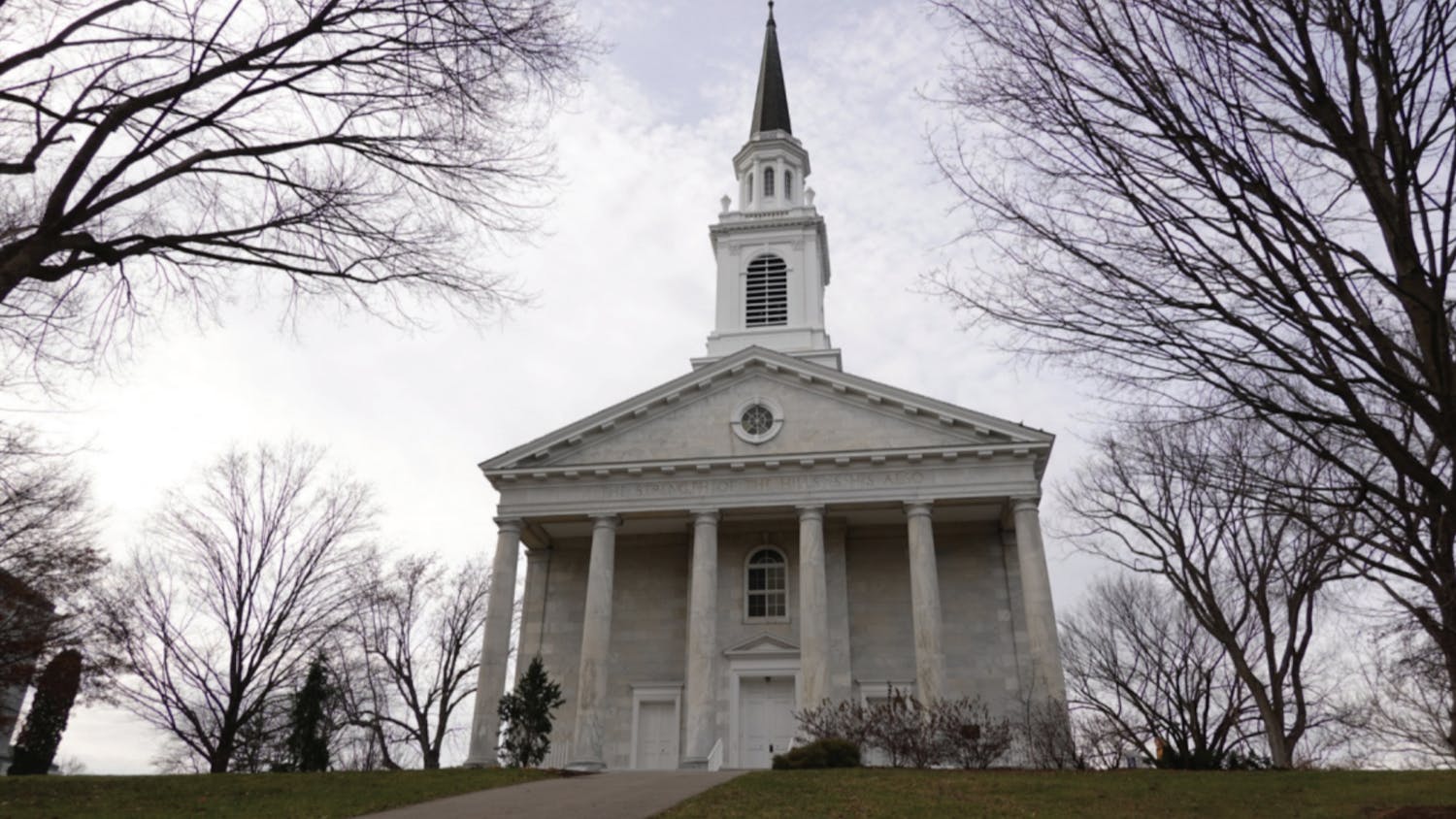The U.S. Supreme Court has a number of high-profile environmental cases on deck for this term. As Greenwire reports, the Court can choose to hear cases that concern challenges from independent parties and 17 states calling for a broad review of the Environmental Protection Agengy’s (EPA) greenhouse gas regulations, questions about where we should limit campaign finance contributions and the Forest Service’s use of land on a Wyoming resident’s property. The most closely-watched recent development, however, concerns another Clean Air Act case and the EPA’s Cross-State Air Pollution Rule (CSAPR).
In August last year, the U.S. Court of Appeals for the District of Columbia ruled two to one that CSAPR regulations overstepped the EPA’s statutory authority to control emissions. The decision was justified in two parts. First, the Court opinion argues that the EPA is granted authority to require a state to reduce its emissions only by the amount that drifts over into other states, and CSAPR generally requires increased reductions. Second, the Court argues that the rule circumvents a state’s authority to develop its own greenhouse gas reduction plan; instead of deferring responsibility for regulatory design to the states, the Court claims the federal government too quickly prescribes a solution to a state’s problem.
A scathing 44-page dissent by Judge Judith Roberts asserts that the Court’s decision “trample[s]” on the Court precedents already set with respect to Clean Air Act issues. Roberts also claimed that the Court based its conclusion about overly-stringent regulations on arguments that were never made by the challengers. Environmentalists on the whole feel that Roberts got the law and the precedent correct, but which way will the Supreme Court decide?
Why shouldn’t the EPA be able to regulate emissions as CSAPR provides? The rule placed tougher restrictions on nitrogen oxides, sulfur dioxide, and particulate matter, which opponents of the rule claim put heavy burdens on the nation’s power plants and electrical grid. The measures would have resulted in a 50 percent cut in nitrogen oxides and sulfur dioxides bringing in $280 billion in health benefits at a cost of $880 million to industry. The numbers seem hard to argue with, but Supreme Court decisions rarely consider empirical data exclusively.
The Court ruled in Massachusetts v. EPA that the EPA has the responsibility to regulate greenhouse gases under the Clean Air Act, but the issue here concerns more than a simple question of responsibility. Robert’s dissent points out that the states had their opportunity to come up with “good neighbor” State Implementation Plans to accord with the mandates, but many of them didn’t submit one before the window to do so closed. The statute states that the EPA can provide a Federal Implementation Plan “at any time within two years after the Administrator – finds that a State has failed to make a required submission . . . or disapproves a State implementation plan submission in whole or in part.” Stepping in to provide emissions reductions for the states then seemed to be a discretionary move on the part of the EPA, since the conditions for action were met.
With regards to arguments claiming that the EPA shouldn’t be able to require upwind states to abate more than what they contribute to pollution levels in downwind states, and that states should be held to more flexible standards, I think we’re faced with somewhat of an ideological question. While the question concerning how much the EPA can legally ask the states to regulate under Clean Air is certainly an important legal question, we might also ask to what extent the individual states should contribute to reducing emissions in the larger picture. It does seem reasonable to claim that states shouldn’t have to take action in abating more pollution than they send downwind, but I don’t think that should lead us to complacency. While state boundaries make it easy to point out where states’ duties end, the chain of responsibility concerning where power is used is less straightforward than where it is produced and where point-source pollution ends up. Considering that the power produced by point-source polluters could play a more important in interstate affairs (say commerce) than previously thought might help an argument for more proactive state action and tighter regulations.
The question of what shape future regulations relating to the Clean Air Act will take is ultimately a question for policymakers, but that of what shape those regulations can take is very much a judicial question. For that reason, the decisions that the Court may choose to make in the coming term should have significant effects on future expectations we’ll have regarding individual states’ roles in solving large-scale collective problems.
Clean Air and Blurred Lines
Comments



